
Starting June 1st, 2023 Our warehouse fee will be $0.65/cubic foot per month
In effort to lower the warehouse storage fee during inflation, we have went narrow aisle racking.This construction took us four months but the project is finally completed. With narrow aisle racking, we are able to drop storage by 24%.We as partners will go through this inflation together.
08/18/2025
Warehouses today face constant pressure to handle faster delivery times, rising labor costs, and increasing order volumes. To meet these demands, many businesses are turning to Goods to Person (G2P) systems, a form of warehouse automation designed to maximize efficiency.
With Goods to Person technology, products are automatically delivered to workers at a picking station, instead of employees walking long distances to retrieve items. This shift reduces wasted movement, improves accuracy, and allows warehouses to process orders more quickly. As a result, G2P systems are becoming a core strategy for modern logistics and fulfillment operations.
[KEY TAKE AWAY] In this guide, Worldcraft Logistics will explore:
Goods to Person or G2P is a warehouse automation strategy where items are transported automatically from storage locations to picking stations. Instead of employees walking to find goods, robotic systems, conveyors, or shuttles deliver them to a fixed workstation.
This approach is the opposite of Person-to-Goods (P2G), where workers travel through the warehouse to retrieve items manually. In G2P systems, the technology does the traveling, which significantly increases picking speed and accuracy. A real-world example is Amazon’s pick station, where robotic units bring shelves or totes directly to employees, who then pick the required items for order fulfillment.
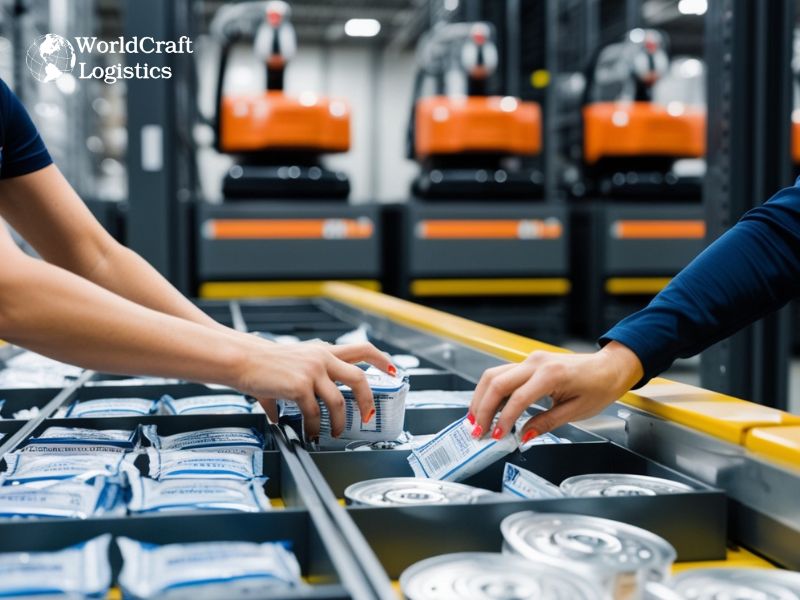
At its core, a Goods to Person (G2P) system changes the way order picking happens inside a warehouse. Instead of employees walking through aisles to search for products, the system automatically retrieves goods from storage and delivers them to a workstation. This automation reduces wasted travel time and allows workers to focus only on the picking task.
Order Request: An order is received in the warehouse management system (WMS).
Item Retrieval: Automated equipment such as shuttles, conveyors, or autonomous mobile robots (AMRs) retrieves the items.
Goods Delivery: The items are brought directly to the operator’s workstation.
Picking & Confirmation: The worker picks the required quantity and confirms it in the system.
Order Completion: Items are packed and sent to shipping.
Automated Storage and Retrieval Systems (AS/RS): High-density storage solutions that retrieve totes or bins.
Autonomous Mobile Robots (AMRs): Robots that navigate the warehouse to deliver goods.
Conveyors & Carousels: Traditional but reliable systems for moving products.
Picking Stations: Ergonomic workstations where humans interact with the automated system.
This combination of robotics and software ensures faster, more accurate order fulfillment. In many cases, goods to person automation can double or even triple picking efficiency compared to traditional person-to-goods systems.
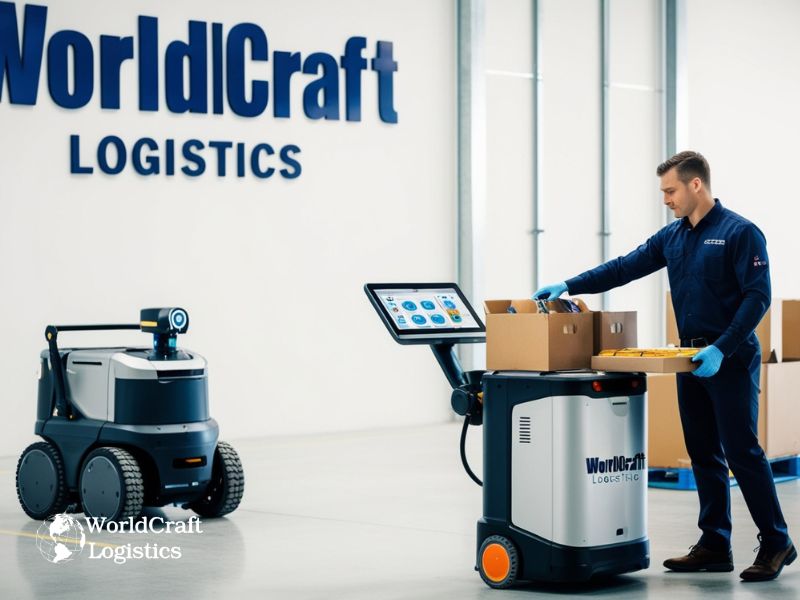
Not all Goods to Person systems are the same. Depending on the warehouse’s size, order volume, and product mix, different technologies are used to move goods to operators. Below are the most popular types of G2P automation solutions.
Robots such as autonomous mobile robots (AMRs) or robotic arms carry bins or entire shelving units directly to a picker. These systems are highly flexible and are often used in eCommerce warehouses where order profiles change frequently.
Pros: Scalable, adaptable to changing demand.
Cons: Higher upfront cost, requires advanced fleet management software.
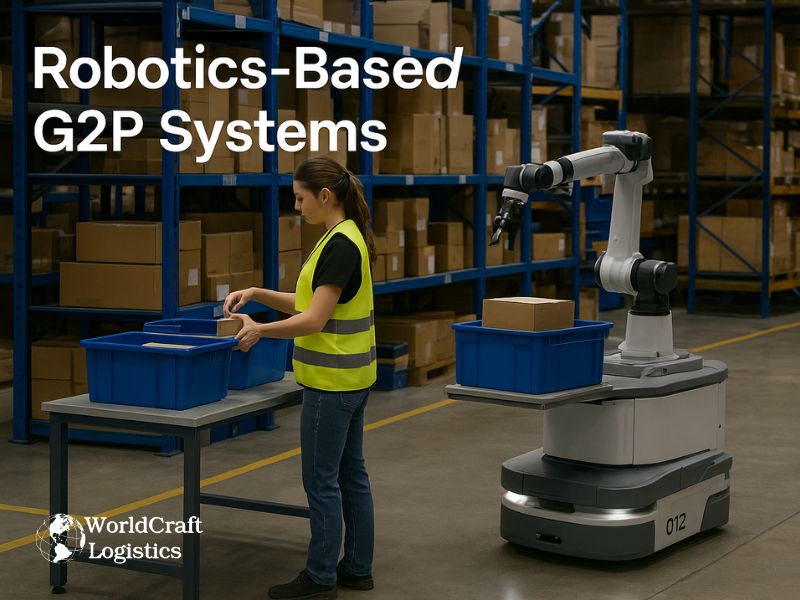
Shuttles travel within high-density racking systems to retrieve totes or trays and deliver them to a workstation. This is one of the fastest types of goods to person picking technology, capable of handling thousands of orders per hour.
Pros: Extremely high throughput, great for large distribution centers.
Cons: High infrastructure investment, best for enterprises.
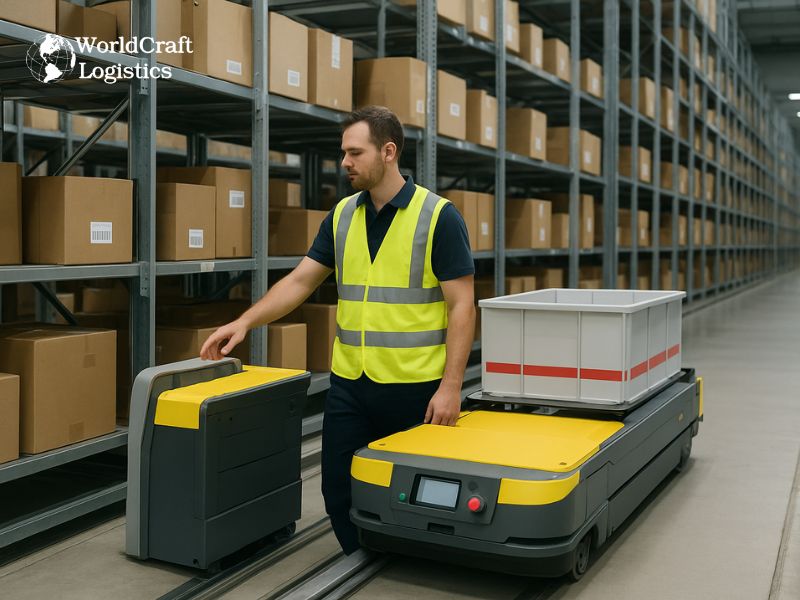
Conveyors and vertical carousels represent more traditional goods to person automation. Items are transported mechanically to the picker, reducing walking time but offering less flexibility compared to robotics or shuttles.
Pros: Reliable, proven technology, suitable for medium-volume warehouses.
Cons: Less scalable, limited adaptability for complex order profiles.
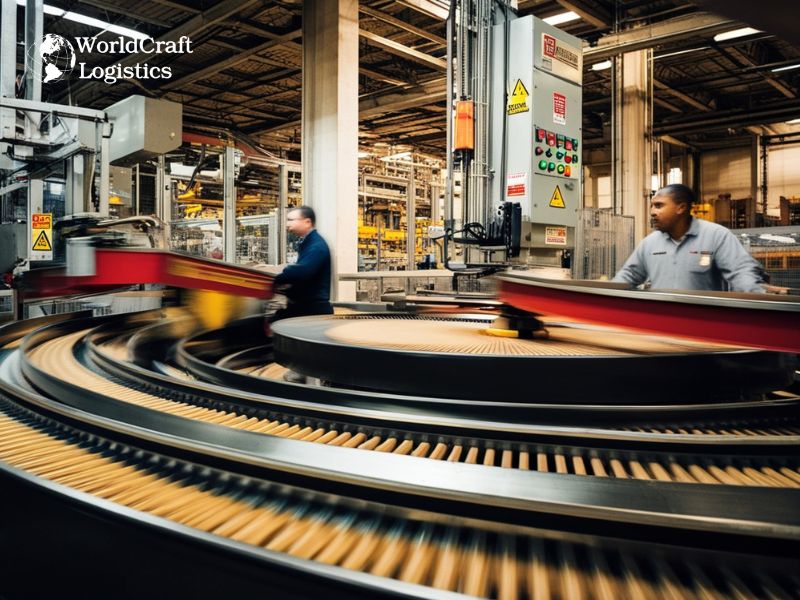
Some warehouses combine different technologies, for example, using AS/RS shuttles for fast-moving SKUs and robots for slow-moving items. This hybrid approach balances speed with cost-efficiency.
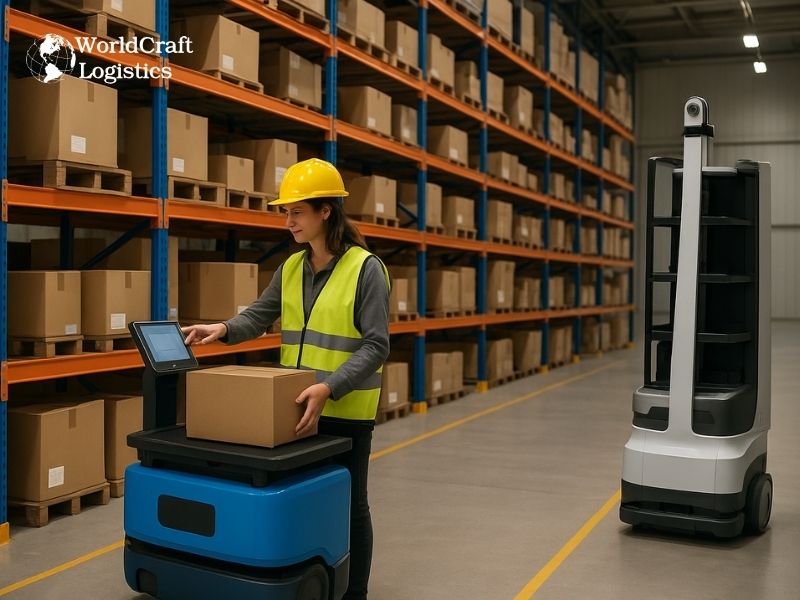
>>> Related post: Explore the FDA Registered Warehouse and how to choose a trusted partner
Implementing a Goods to Person system can transform warehouse operations. By automating the retrieval and delivery of items, companies see measurable improvements in efficiency, labor productivity, and accuracy. Below are the key advantages.
Traditional person-to-goods systems force workers to walk long distances. With G2P technology, items are delivered directly to operators. This reduces idle time and significantly accelerates the order fulfillment process in some cases doubling throughput.
By minimizing human travel and manual searching, goods to person automation reduces the chance of errors. Guided picking at ergonomic stations ensures the right items and quantities are selected, improving customer satisfaction.
G2P systems often use automated storage and retrieval systems (AS/RS) or shuttle-based racking. These allow warehouses to build higher and store more SKUs in a smaller footprint, reducing real estate costs.
Since workers no longer need to walk miles daily inside a warehouse, physical strain is minimized. At the same time, fewer pickers are required to process the same number of orders, lowering overall labor expenses.
A key advantage of goods to person picking is that customers don’t need to wait long for their orders. By cutting down retrieval time and increasing accuracy, warehouses can process more orders per hour, ensuring same-day or next-day delivery expectations are met.
Seasonal spikes in eCommerce can overwhelm manual processes. Goods to Person solutions can scale throughput by adding more robots, shuttles, or workstations ensuring warehouses stay efficient even during peak sales periods.
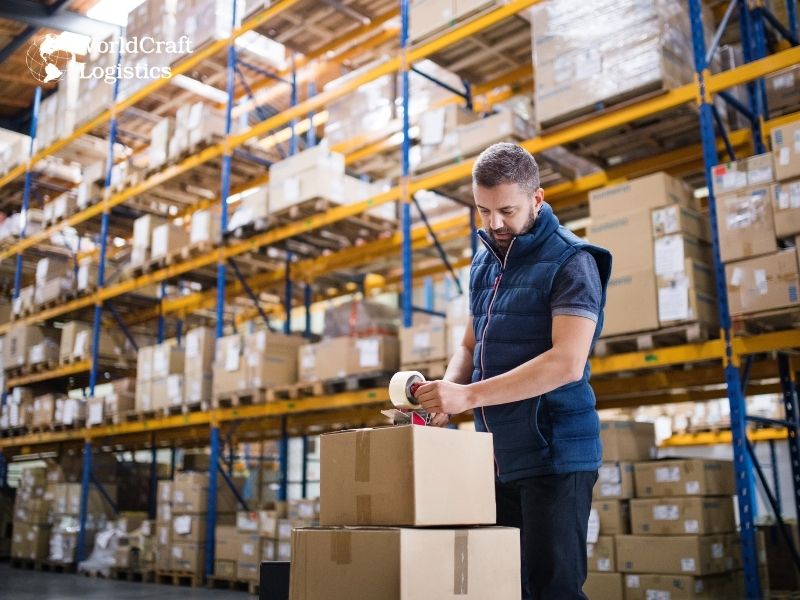
👉 If your business needs a reliable partner on the West Coast, explore our 3PL Warehouse & Logistics services near the Port of Long Beach, CA. With prime access to one of the busiest ports in the U.S., Worldcraft Logistics provides fast, efficient, and scalable fulfillment solutions tailored to your supply chain needs.
Adopting a Goods to Person system often comes with high upfront costs for robotics, shuttles, and automated storage and retrieval systems (AS/RS). For many small and mid-sized businesses, this investment can be a major barrier. On top of that, integration with existing warehouse management systems (WMS) or ERP platforms can be complex, requiring customization, IT support, and employee training to ensure smooth adoption.
Another limitation is reliability and flexibility. While goods to person automation reduces labor costs and increases speed, downtime caused by system failures can quickly disrupt operations. Conveyor or shuttle-based setups may also struggle to adapt to fast-changing SKUs compared to goods to person robots. Careful planning, strong vendor support, and ongoing maintenance are critical to overcoming these challenges.
The cost of implementing a Goods to Person system depends on several factors, including warehouse size, order volume, storage density, and technology type. So, how much does goods to person (G2P) cost?
Basic conveyor or carousel-based G2P systems: $200,000 – $500,000+
Shuttle-based automated storage and retrieval systems (AS/RS): $1 million – $5 million+ depending on scale
Robotics-based G2P solutions (AMRs, robotic pickers): $500,000 – $2 million+ for mid-sized warehouses
Beyond equipment, companies must also budget for software integration, installation, training, and maintenance, which can add 15–25% to total project costs.
While these numbers may seem high, the ROI of Goods to Person automation is typically achieved within 2–3 years, thanks to reduced labor costs, higher accuracy, and faster fulfillment. For enterprises with large order volumes, the payback period may be even shorter.
Companies investing in scalable goods to person solutions for SMEs or enterprises also gain a competitive advantage through faster delivery ensuring customers don’t wait long for their orders.
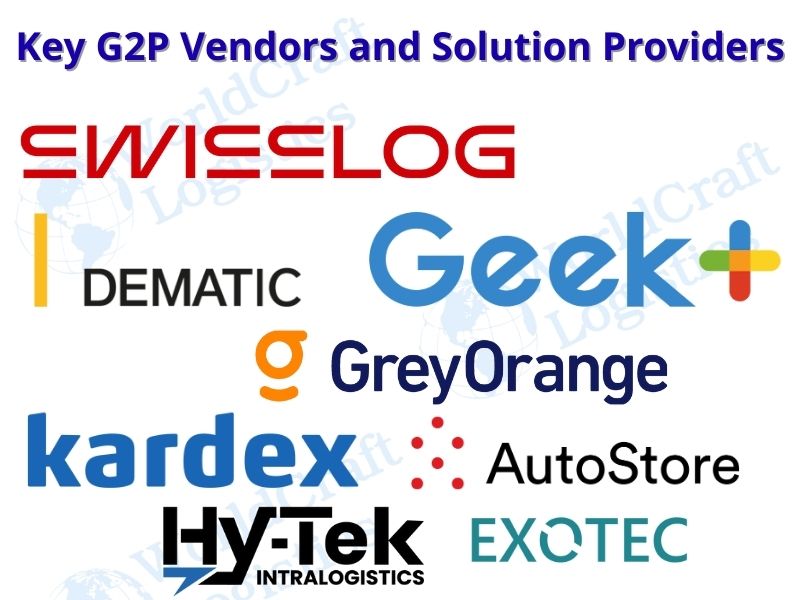
Choosing the right Goods to Person solution is just as important as deciding to automate. The market has a range of providers offering systems for enterprises, 3PLs, and even small-to-mid-sized warehouses. Here are some of the leading players:
Known for advanced shuttle-based G2P systems, Swisslog offers high-density storage and retrieval technology tailored for large-scale distribution centers.
A global leader in warehouse automation, Dematic provides conveyor, shuttle, and robotic goods to person picking technology, with strong integration options for complex supply chains.
A pioneer in robotics, Geek+ specializes in autonomous mobile robots (AMRs) that deliver shelves or totes directly to workers. Their flexible solutions are especially popular in eCommerce fulfillment systems.
GreyOrange combines robotics, AI, and software to provide scalable goods to person solutions. Their systems are designed to adapt to fluctuating order volumes and SKU variations.
Focused on carousel and vertical lift module (VLM) technology, Kardex is a strong option for medium-volume warehouses looking for reliable goods to person automation without the complexity of robotics.
New providers like AutoStore, Hy-Tek, Exotec,... are entering the market, particularly in the robotics-based G2P segment. These vendors offer cost-effective systems for SMEs, giving smaller businesses access to automation once limited to large enterprises.
Real-world applications show how Goods to Person systems improve efficiency across industries. From global eCommerce giants to smaller logistics providers, the benefits are clear.
Amazon’s warehouses are a benchmark for goods to person automation. Using fleets of robots, storage pods are brought directly to workers at pick stations. This system minimizes walking time, increases throughput, and ensures customers receive orders faster, a critical factor in Amazon’s same-day and next-day delivery promises.
Third-party logistics companies (3PLs) that handle multiple clients rely heavily on scalable G2P solutions. By integrating shuttle systems and autonomous mobile robots (AMRs), they can adapt quickly to fluctuating demand. This allows them to serve eCommerce retailers during peak seasons without compromising accuracy or speed.
While many think G2P is only for large enterprises, SMEs are also implementing goods to person picking technology. Vendors like Geek+ and Kardex now offer modular systems that can start small and expand as the business grows. This flexibility makes automation accessible for businesses with limited budgets but growing order volumes.
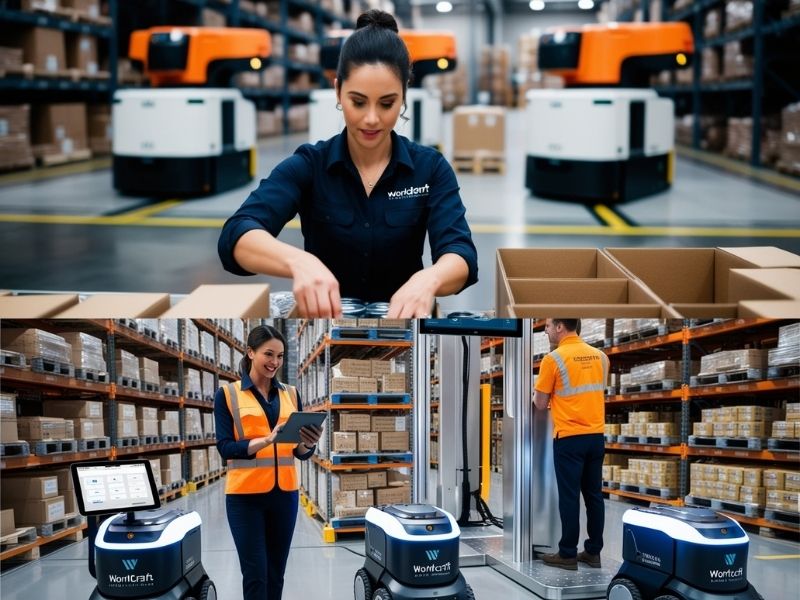
The future of Goods to Person automation is closely tied to advancements in robotics, artificial intelligence, and data-driven warehouse management. Emerging technologies like predictive analytics and AI-driven robotic picking systems will push efficiency even further, while hybrid models combining humans and machines will become the norm.
Another trend is “power picking,” where high-speed robotic systems work alongside ergonomic workstations to process thousands of orders per hour. As eCommerce continues to grow, businesses adopting next-generation G2P technology will gain a competitive edge by reducing fulfillment times and ensuring customers don’t have to wait long for their orders.
Selecting the right Goods to Person system depends on your warehouse’s size, order profile, and growth plans. Here are key factors to consider before making an investment:
Order Volume: High-volume warehouses benefit from shuttle or AS/RS systems, while SMEs may prefer modular goods to person robots.
SKU Variety: If you manage thousands of SKUs with frequent changes, choose flexible robotic G2P solutions.
Budget & ROI: Consider both upfront cost and long-term savings. Look for scalable goods to person solutions that can grow with your business.
Integration Needs: Ensure compatibility with your existing warehouse management system (WMS) or ERP software.
Vendor Support: Strong after-sales service, training, and maintenance are critical to avoid downtime.
By carefully evaluating these factors, businesses can implement goods to person picking technology that not only increases efficiency but also delivers strong ROI.
The rise of Goods to Person (G2P) systems marks a turning point in warehouse automation. By shifting from manual, labor-intensive picking to automated retrieval, businesses can achieve faster order fulfillment, higher accuracy, and improved customer satisfaction. While challenges such as upfront cost and system integration exist, the long-term ROI of goods to person automation makes it a powerful strategy for both large enterprises and growing SMEs.
As supply chains continue to evolve, companies that adopt G2P technology for warehouses will be better positioned to handle increasing demand and deliver on customer expectations for speed and reliability. Now is the time to evaluate your options, compare vendors, and invest in the future of fulfillment.
SEO
Digital Marketing/SEO Specialist
Simon Mang is an SEO and Digital Marketing expert at Wordcraft Logistics. With many years of experience in the field of digital marketing, he has shaped and built strategies to effectively promote Wordcraft Logistics' online presence. With a deep understanding of the logistics industry, I have shared more than 500 specialized articles on many different topics.
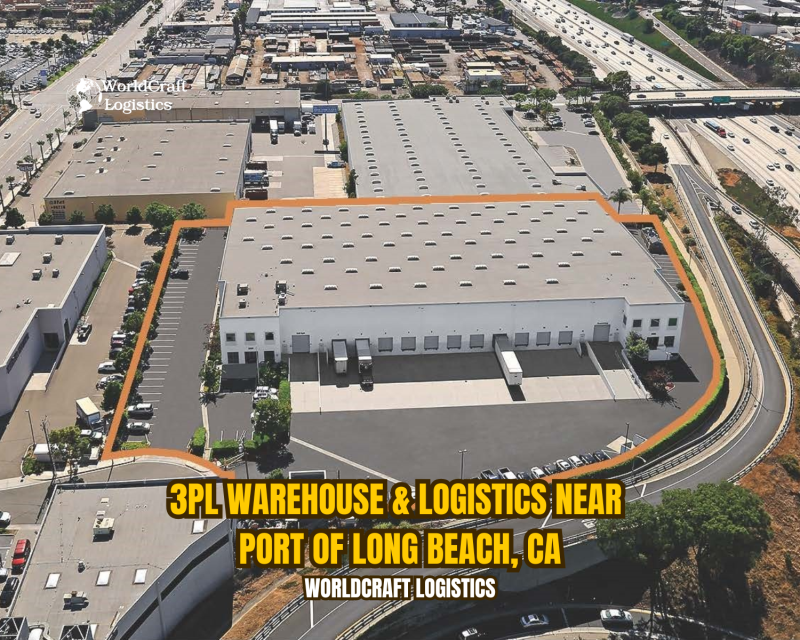
Warehouse
12/30/2024
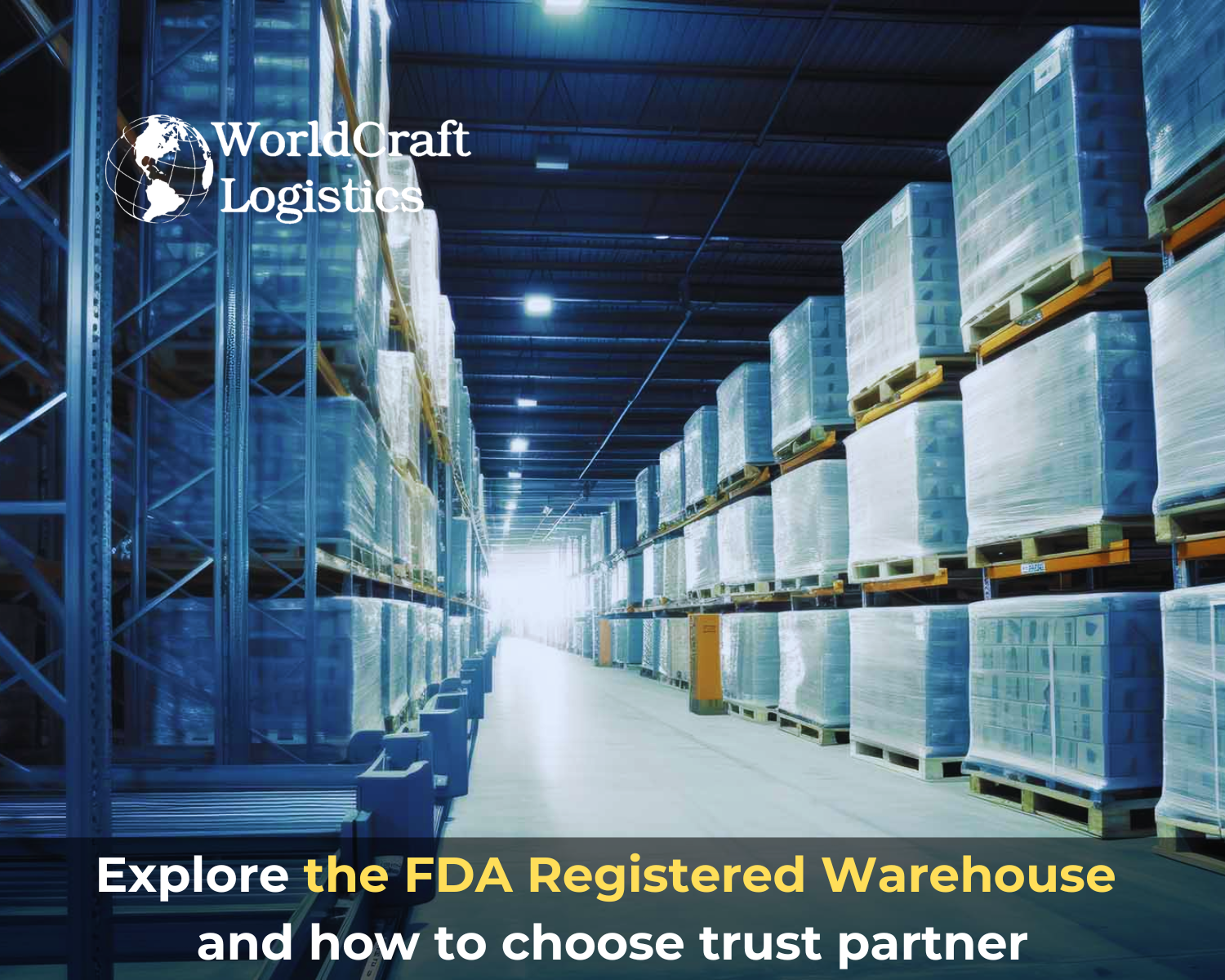
Warehouse
06/16/2024
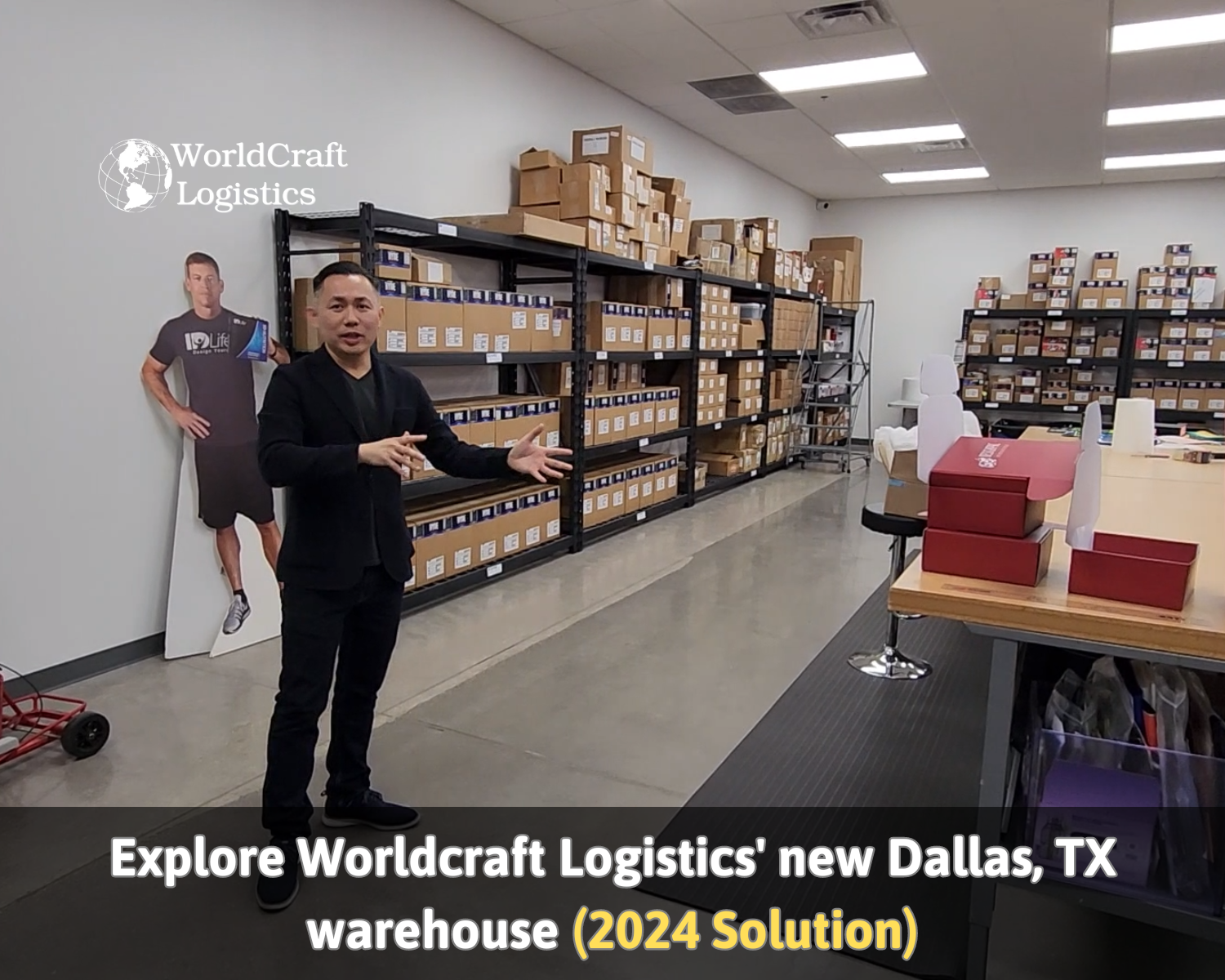
Warehouse
03/03/2024
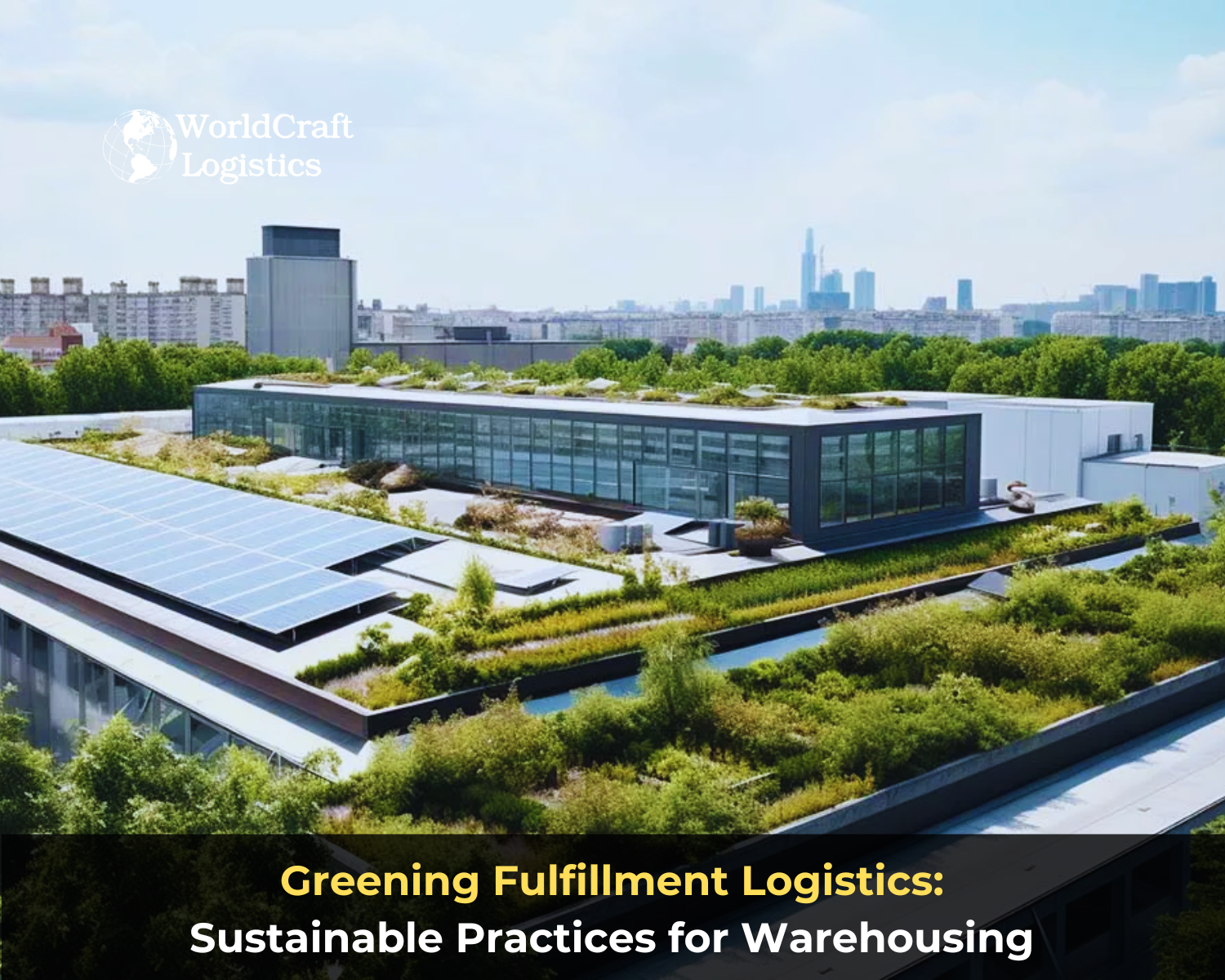
Warehouse
08/25/2024
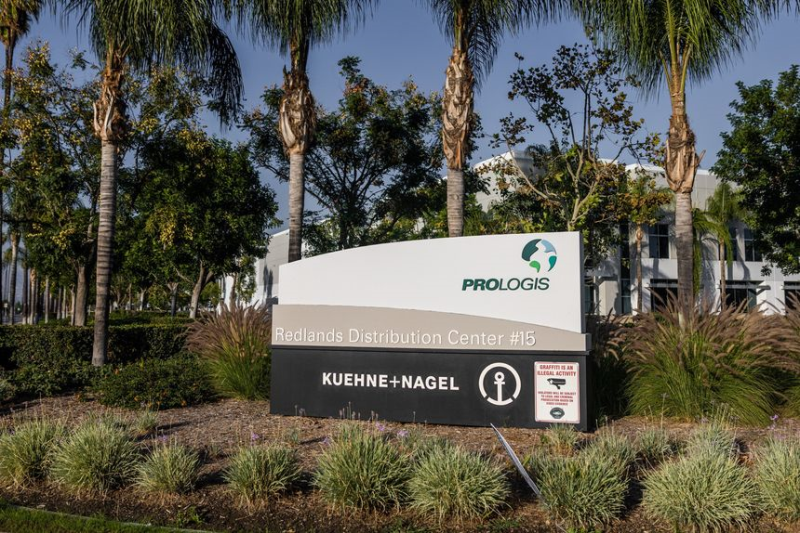
Warehouse
02/20/2023